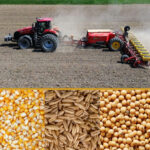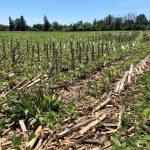Protectors of the land
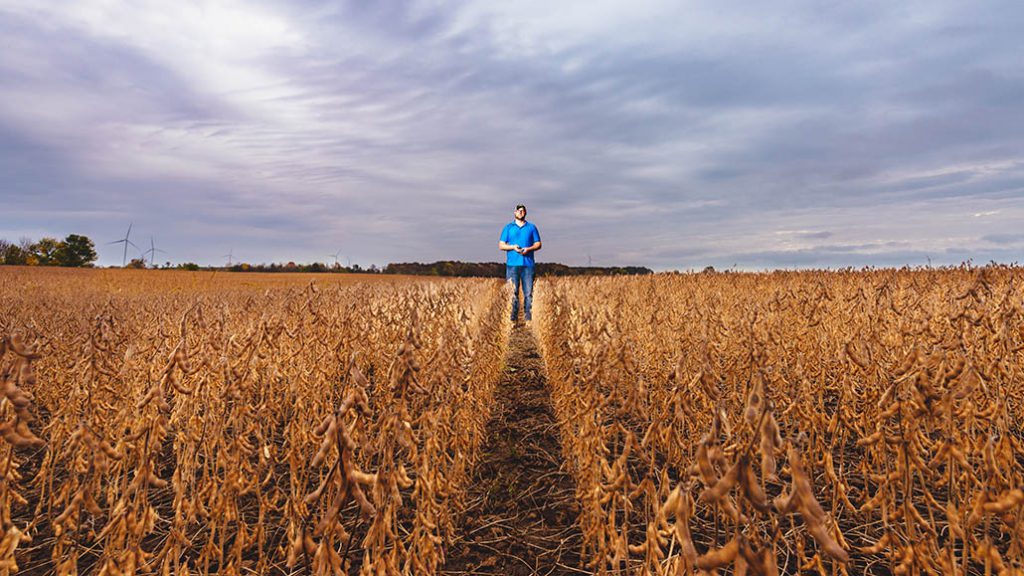
We’ve all heard the word sustainable in some context especially when it comes to conversations about climate change and protecting our environment. But, what does that mean to a grain farm?
Sustainability farming is meeting society’s demand for food, fuel, household items without compromising the environments for future use.
In many conversations with farmers, they say that their legacy or what they want to do most is to “leave the land in better condition than when they received it”. They want to preserve their farms, and the soil, waterways, air, and other surrounding environments to ensure that there will be a future for growing grains in Ontario.
On a day to day operations, #YourFarmers have a vested interest in farming sustainably- their livelihood and family’s future depends on it. The soil and surrounding environments are the foundation of a successful crop. If a farmer doesn’t take care of their soil and surrounding environments, how can they grow the healthy, top-quality grains, we are known around the world for? We cannot meet those standards without ensuring the work done on the farm is keeping our ground and thus our grains healthy.
Over the past decades, Ontario grain farmers have:
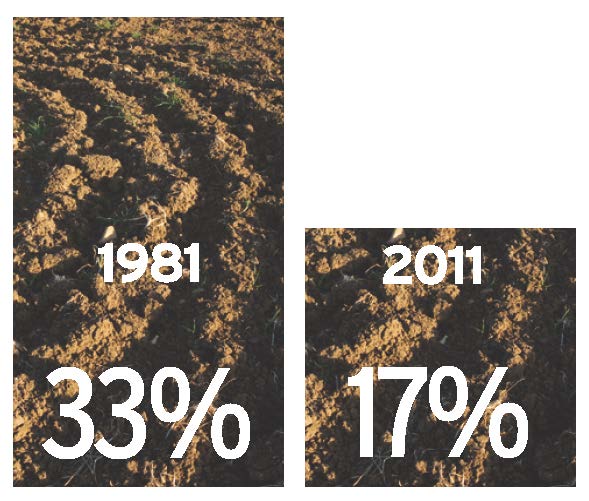
Ontario cropland that was classified as “very high-risk to have soil losses” has decreased from 33% of Ontario’s cropland to 17%! This means less than a quarter of Ontario soil is in danger of leaving the fields.
28% less energy was used between 1981 and 2011 to plant, grow, and harvest soybeans! Energy use includes fieldwork, fuel, electricity, energy to produce fertilizer or machinery.
Ontario grain farmers are farming more efficiently than ever, thus reducing their carbon footprints as they grow Ontario grains. In fact, conservation tillage in Canada saves more than 170 million litres of fuel from being burned. Conservation tillage is the practice to try to reduce the amount of tillage (working the soil). An example of conservation tillage in grain farming is when only the soil where the seeds will be planted is tilled. This is called a strip-till. In the past, farmers would work the entire field multiple times to prep the soil for planting, but thanks to modern equipment, #YourFarmers only need to prep the seed rows themselves thus saving the number of times they drive on the field.
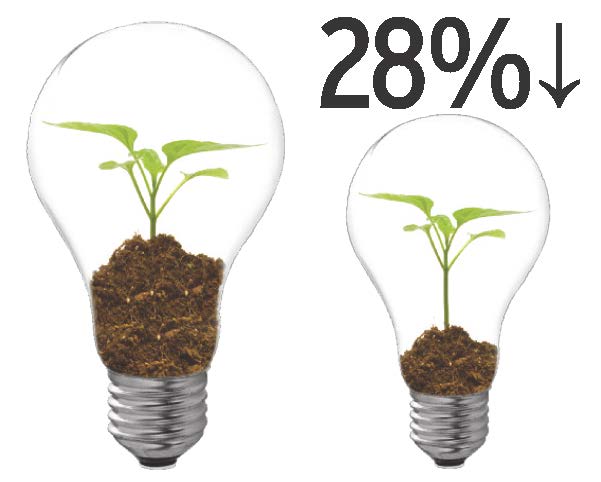
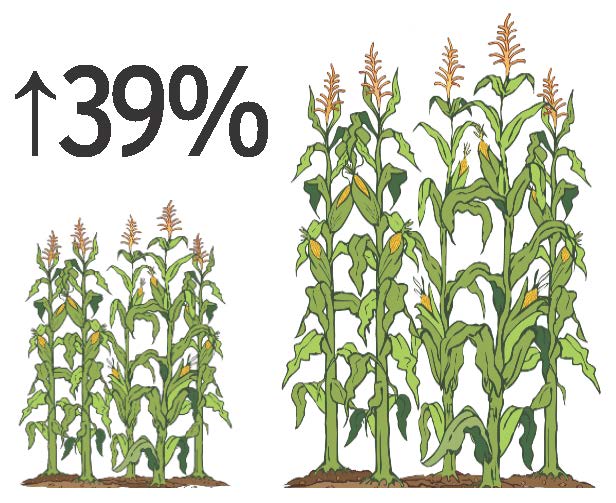
Strong yield increases have led to 39% improved land-use efficiency on Ontario cornfields since 1981. This means Ontario corn farmers are growing more corn on the same amount of land.
#YourFarmers are committed to farming sustainably using techniques like planting cover crops, limiting tillage practises, and using precision technology to apply inputs like pesticides and fertilizers only as needed. They care to be protectors of the land, to ensure that the work done today will only have beneficial impacts in the future.

